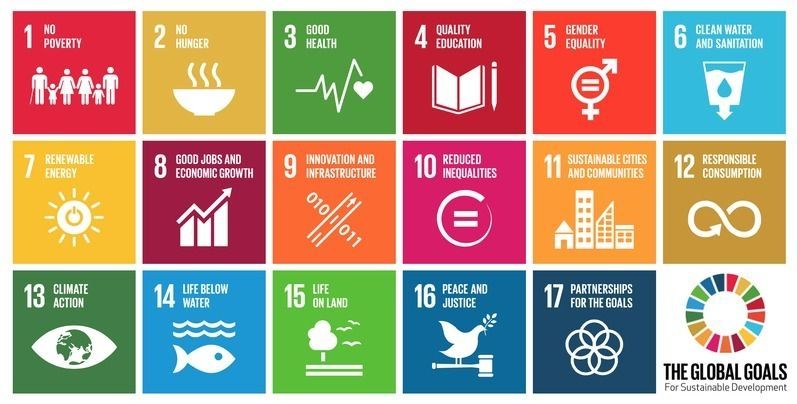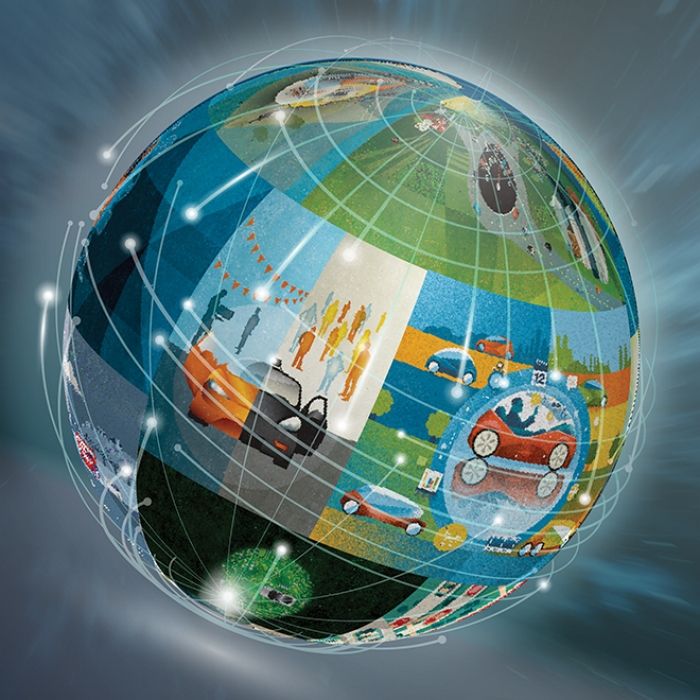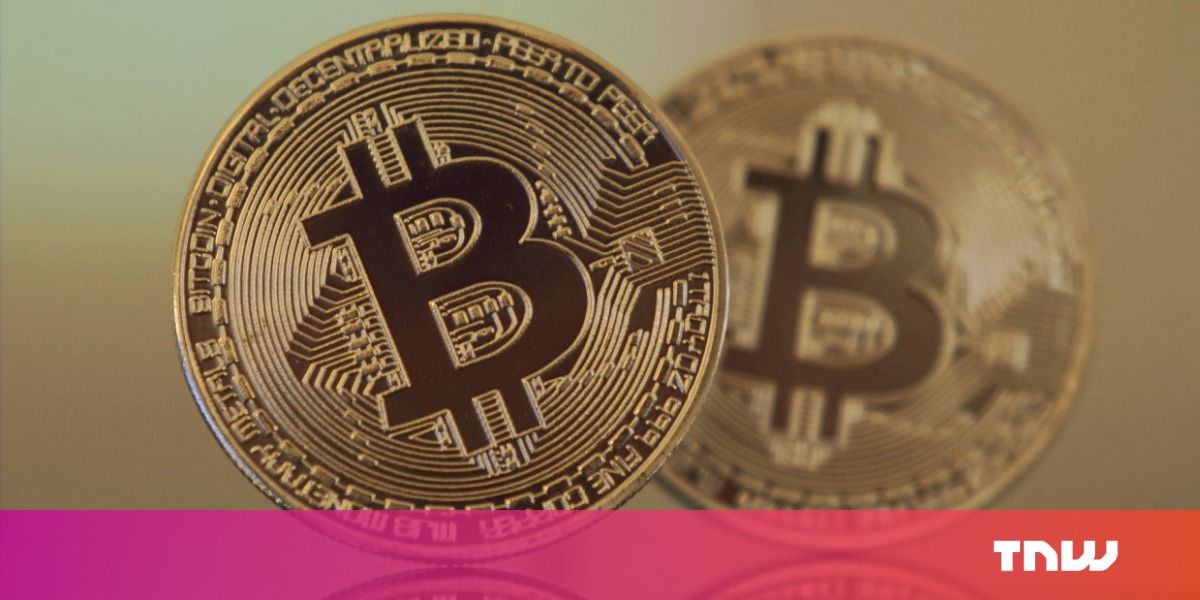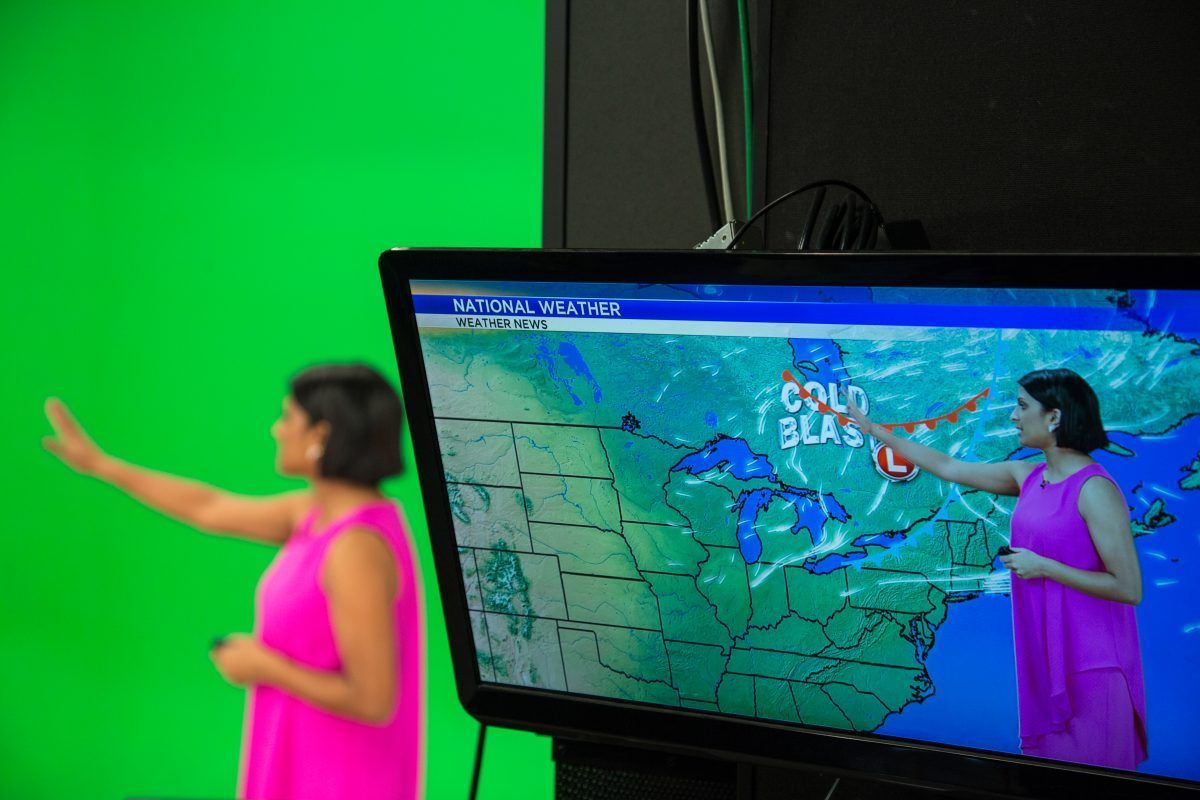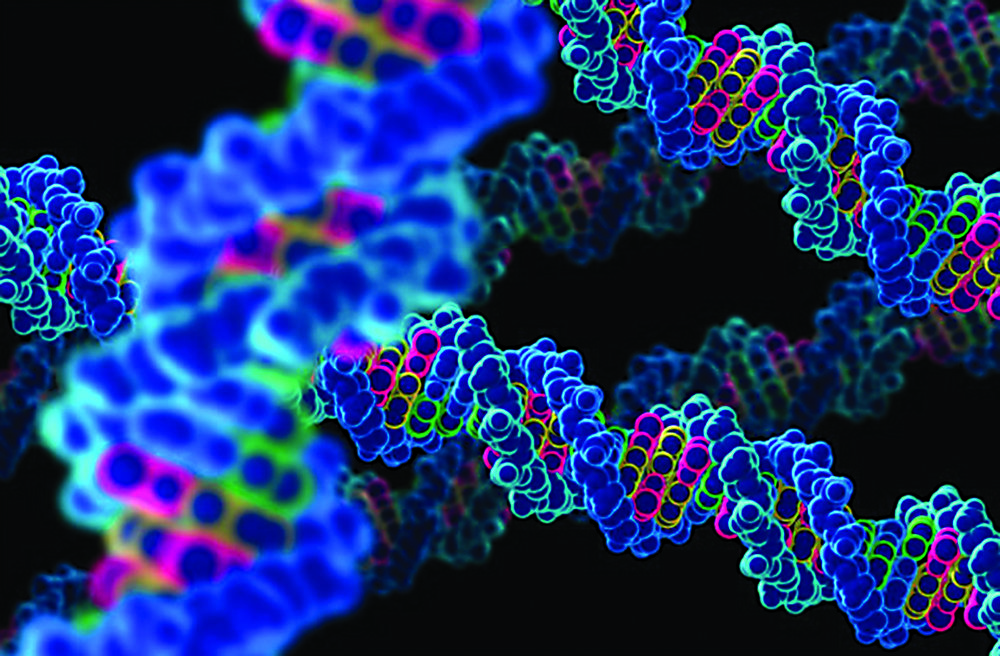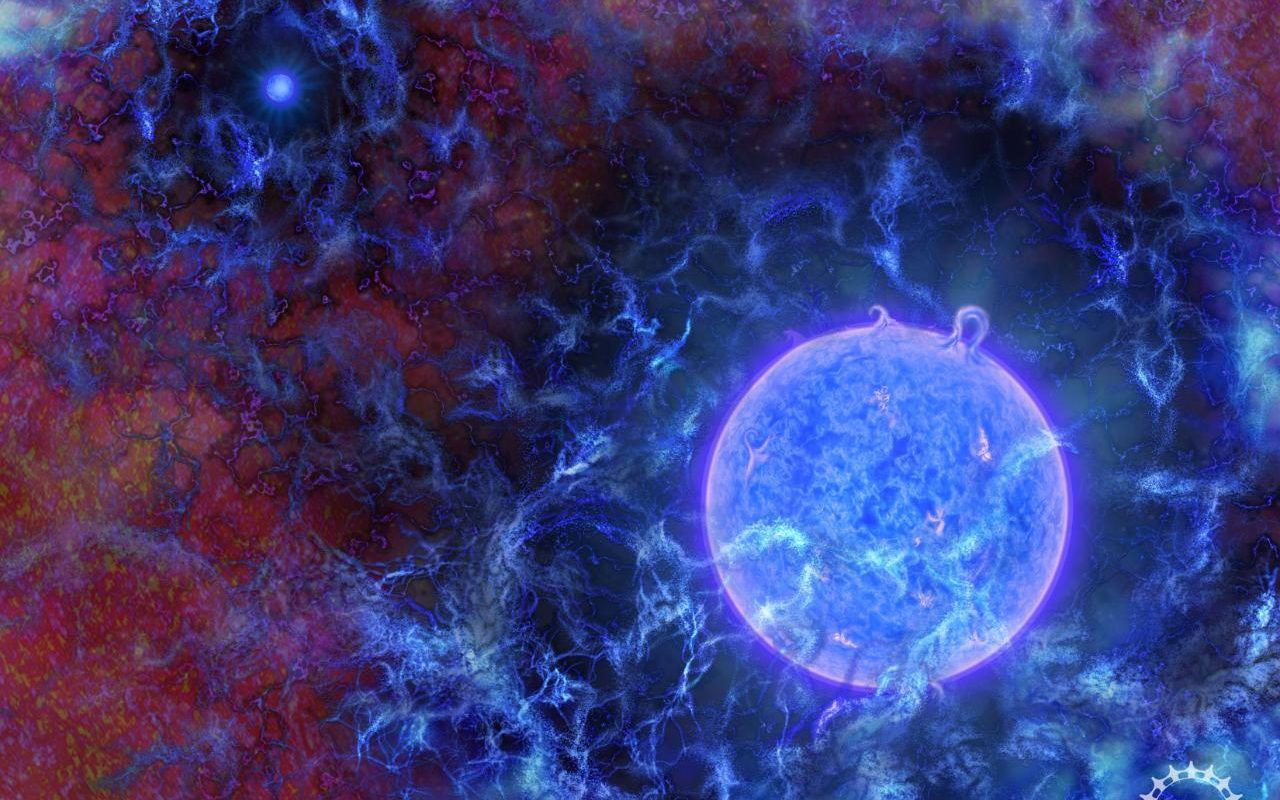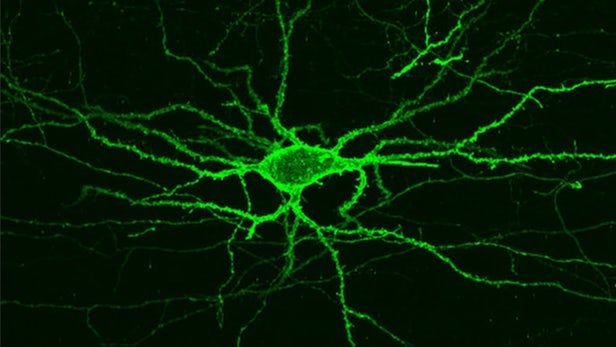This event will be webcast live from this page.
The Technology Policy Program invites you to the launch of our upcoming report, A National Machine Intelligence Strategy for the United States.
The United States is at the precipice of a defining moment in history. Over the past five years, progress in machine intelligence (MI) has greatly accelerated. From the defeat of Go champion Lee Sedol by DeepMind’s AlphaGo program to the first deployments of fully-autonomous vehicles on public roads, recent events are challenging us to re-evaluate what may soon be possible for computerized systems. MI systems have already begun to quietly pervade a growing share of businesses, governments, and individual lives around the world, and we are only just beginning to grasp the impacts that this technological revolution will have on our economy, our society, and our national security. In our paper, we outline they key elements of a comprehensive national strategy for the United States to promote the safe and responsible development of MI, and to maintain U.S. leadership in MI technology.
